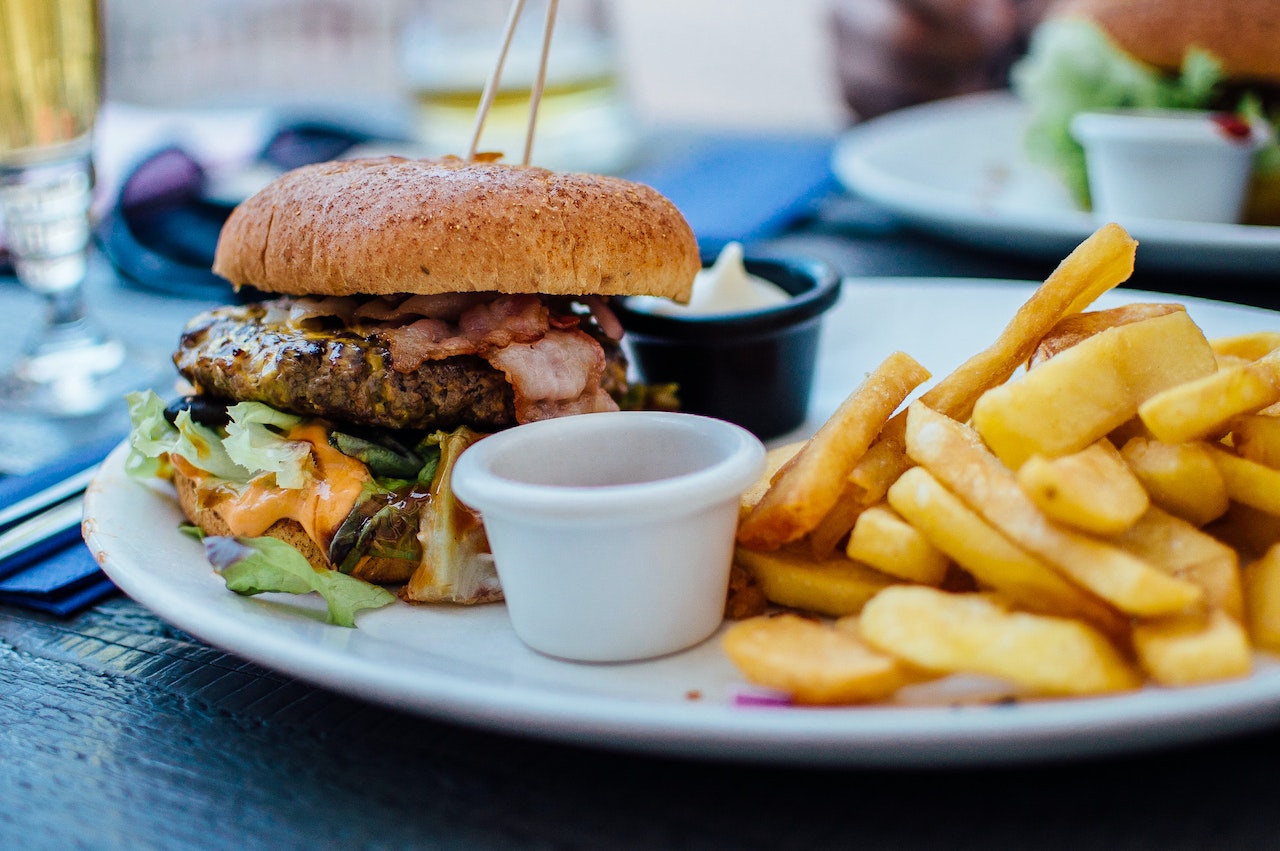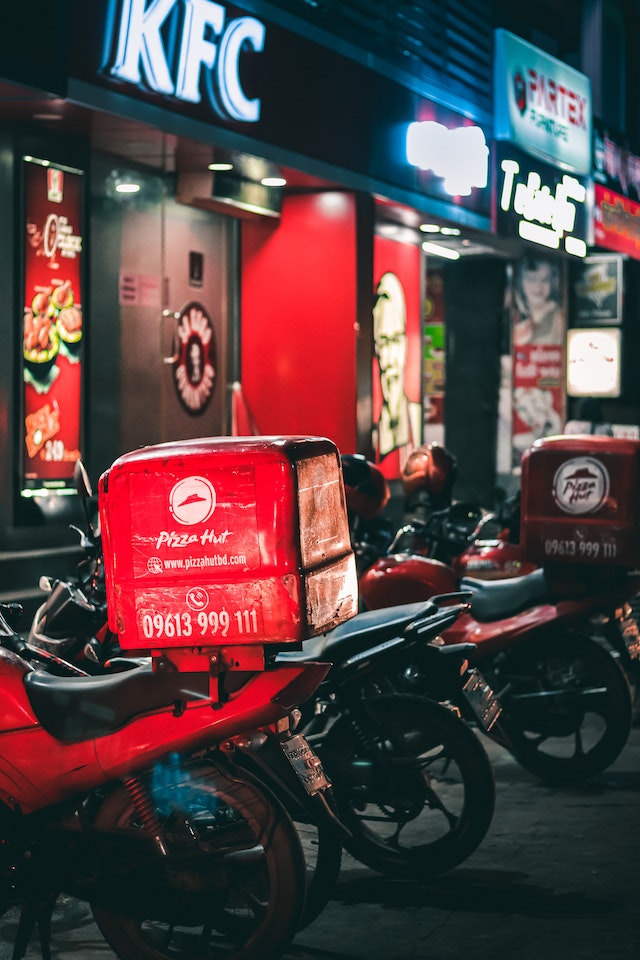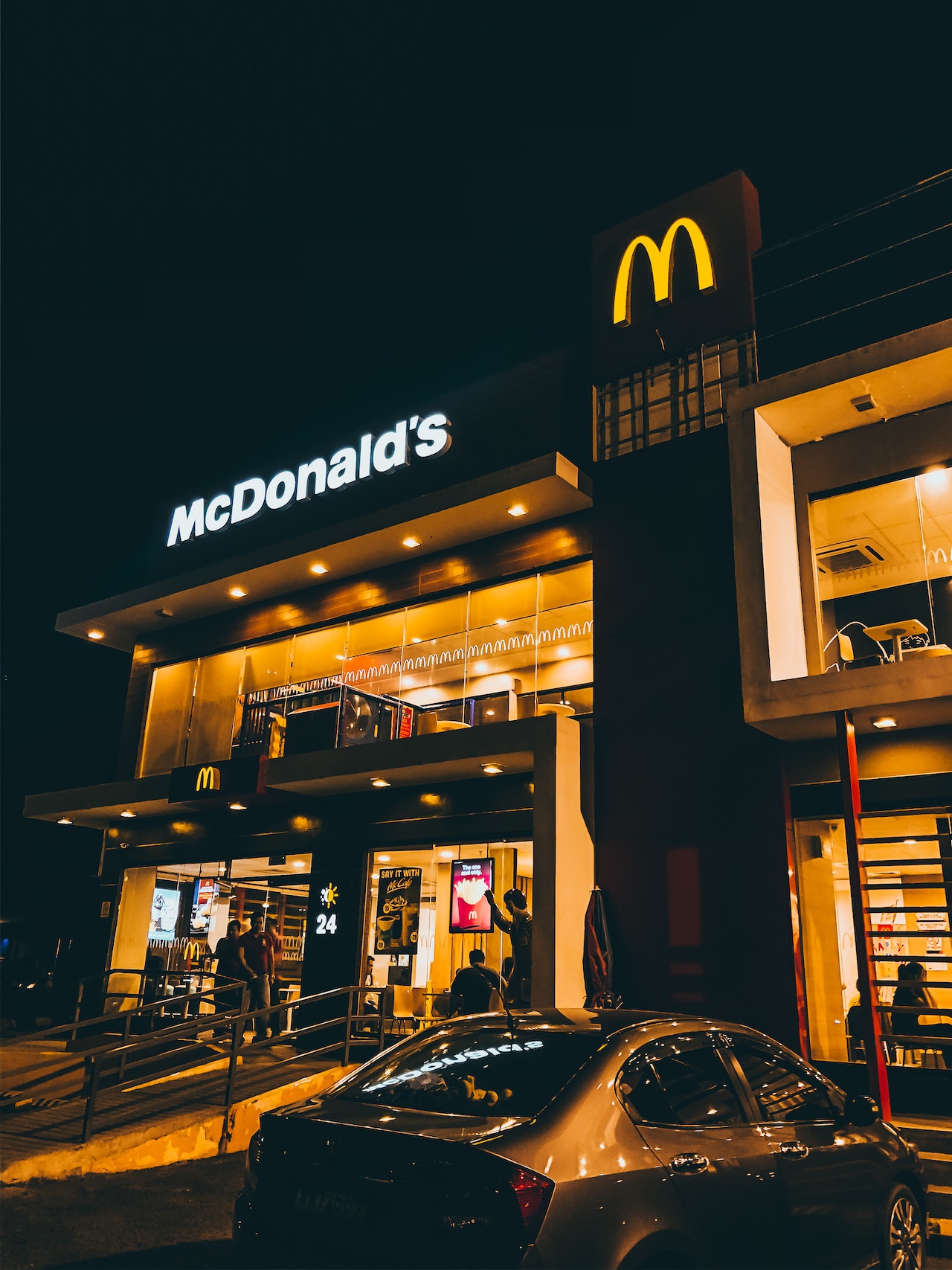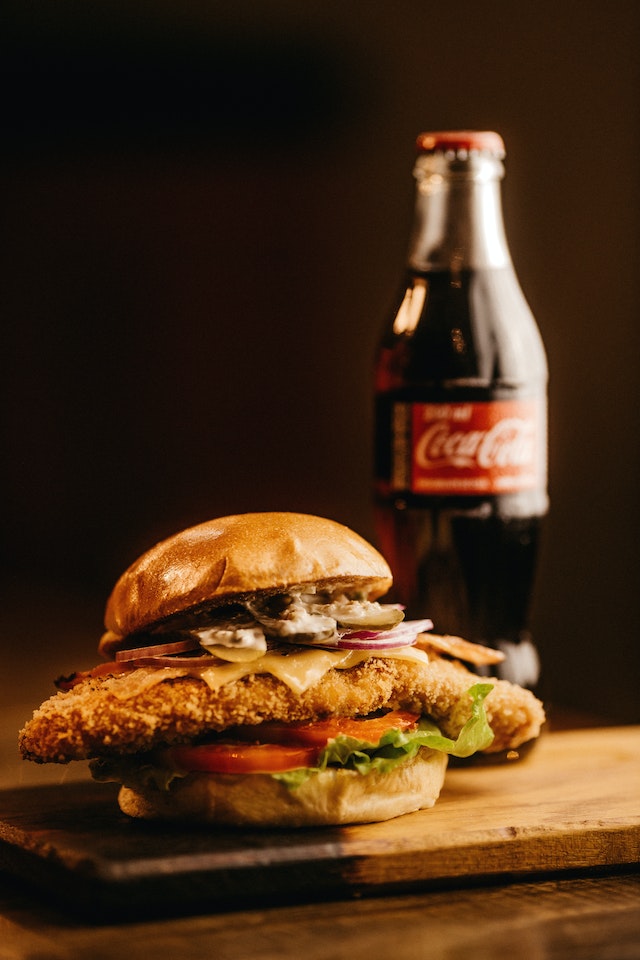Executives at McDonald's are still quite optimistic that their company will prosper despite the current economic crisis, even though inflation is starting to moderate. McDonald's executives have claimed that their emphasis on online and delivery orders gives them a competitive advantage.
In an earnings call at the end of last October, chief financial officer Ian F. Borden stated that they are attributing their performance, in part, to value. He traced McDonald's success to its scale and ability to carry out its vision at a lesser cost than its competition. Even though the corporation increased menu pricing by 10% over the previous year, McDonald's is expanding its share of the low-income market. That reinforces the idea that they are the top brand in terms of affordability and value for money, he added.
According to Mr. Borden, the business is noticing a significant increase in demand for offers, budget-friendly menu selections, and more luxurious services.
More premium value is in demand, where things aren't the cheapest but may still be highly alluring to customers as long as the experience and the convenience are present.
Yum! Brands' chief executive officer, David Gibbs, underlined the significance of quick-service dining on a conference call with financial analysts in November to discuss third-quarter results.
He cited the third quarter sales and transactions increased at KFC due to the reintroduction of $5 mac and cheese bowls and a limited-edition $6 two-piece chicken meal. With a $2 cravings menu that included a bean burrito, Taco Bell profited. Meanwhile, Pizza Hut launched a $6.99 pizza bargain and brought back its Big Dinner Box as a generous family value option.
Burger King has revealed the specifics of its $400 million investment plan intended to boost franchise profitability and expedite sales growth—two concerns that QSR chains and their franchises are always thinking about.
In partnership with its franchisees, the brand's two-year "Reclaim the Flame" initiative will revitalize the company's brand through enhanced advertising and restaurant remodeling efforts.
Even if the QSR industry is already overburdened, there is exciting news on the way. On-premises dining will continue to recover from its falloff during the Covid epidemic, as people wish to return to in-person eating out, the research and analytics firm Technomic said.
















